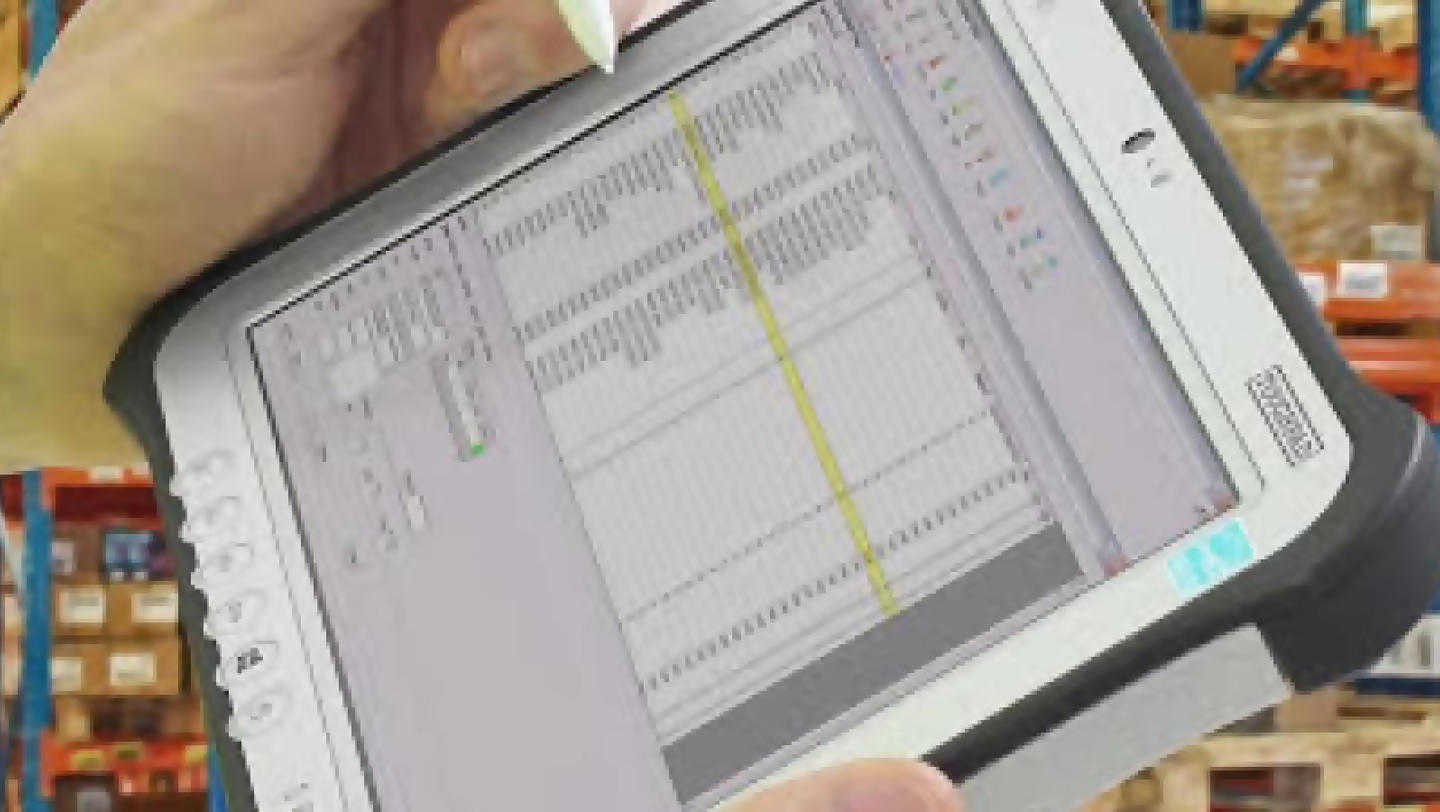Good health starts at home

Good health starts at home
6 minutesNorth Americans today are spending more time inside than ever before.
According to a recent study published in the Journal of Exposure Analysis and Environmental Epidemiology, Americans spend approximately 89% of their time indoors – just slightly more than their Canadian neighbors (87%). While that time might once have been spread across many different places, the coronavirus pandemic has shifted this balance as state and local governments have imposed restrictions limiting access to schools, offices, houses of worship, retail stores, restaurants and other indoor spaces.
The resulting increase in time spent at home, coupled with understandable concerns around health and safety, is leading people to think more seriously about their indoor environment. Now more than ever, it seems paramount to ensure that our homes are places where we feel comfortable, safe and healthy.
The foundation of a healthy home
Even before the pandemic hit, homebuilders were seeing a growing consumer interest in healthy homes. A 2018 Energy Pulse Report by the Shelton Group found that 68% of homeowners believe their house has a moderate to strong impact on their health, and respondents ranked “making my home healthier/safer” as the number two reason to spend money on a home.
But what exactly is a healthy home? And why is it so important?
When we talk about a “healthy home,” we’re generally referring to a home that is designed, built and maintained to contribute positively towards the health and wellbeing of its occupants. And the foundation of a healthy home environment is good indoor air quality (IAQ).
Though we tend to think of air pollution in terms of outdoor air (e.g. fossil fuel emissions from cars or factories), the fact is that indoor air can actually contain higher levels of pollutants that negatively impact human health. According to the EPA, "concentrations of some pollutants are sometimes 2 to 5 times higher" indoors than outdoors.
Consequently, poor IAQ can lead to a number of adverse health effects. In the short term, exposure to indoor air pollution can cause itchy eyes, runny nose, headaches, dizziness and fatigue. But poor IAQ can also cause or contribute to much more serious health issues over time, including respiratory diseases, depression and even cancer.
Evaluating and improving indoor air quality
We know that good indoor air quality is crucial to ensuring a healthy home environment. But what causes poor IAQ, and what steps can we take to improve it?
Poor indoor air quality is generally the result of a buildup of indoor air pollutants. Common indoor air pollutants include dust, smoke, mold, animal dander (from pets or pests), viruses, bacteria and gasses emitted by volatile organic compounds (VOCs), which are chemicals present in a variety of common household products and building materials.
Additionally, conditions within your home can exacerbate the accumulation of these pollutants. Consider the following when evaluating your home’s health:
- Is my home dry? Humid air within a home can attract pests and encourage growth of mold and fungus, all of which are associated with asthma.
- Is my home clean? The cleaner your home, the less welcoming it will be to viruses, bacteria and allergen-producing pests such as dust mites, rodents or roaches. (Just be sure to opt for green, nontoxic household cleaners!)
- Is my home well ventilated? Ensuring that your home has an adequate supply of fresh air is critical to good respiratory health.
- Is my home energy efficient? Energy efficiency is achieved through building more tightly sealed structures that prevent outdoor air from getting inside. But an airtight home can lead to a buildup of indoor air pollutants if it is not well ventilated.
- Is my home free of contaminants? Formaldehyde and other harmful gases are released from building materials, carpets, furniture and many other household items in a natural process known as off-gassing. Other household items that emit VOCs include hair sprays, paints, lacquers, finishes and cleaning products.
- Is my home smoke-free? Tobacco smoke can easily build up inside a home if its occupants smoke indoors. Exposure to secondhand smoke is linked with a variety of health issues, from asthma to lung cancer.
Naturally, the first step towards improving indoor air quality should be to reduce or remove the source of the pollutants. This means cleaning regularly, eradicating pests, limiting or eliminating indoor smoking, and opting for greener household products and building materials that emit fewer VOCs.
Unfortunately, indoor pollutants are virtually impossible to eliminate completely. It’s natural for moisture to be present in bathrooms and kitchens, for smoke to build up in rooms with an oven or fireplace, and for animal dander to accumulate from our beloved pets. And while airing out your home through open windows can provide a much-needed flow of fresh air, it can also introduce outdoor air pollutants like pollen.
That means builders and homeowners must look to another solution for improving IAQ: mechanical ventilation. Mechanical ventilation is used to remove stale, moist, polluted air and replace it with fresh outside air.
Within a home, ventilation is typically associated with fixtures like bathroom fans or kitchen range hoods. These devices capture and remove pollutants quickly from high concentration areas before they can spread to other parts of the house, and this process is known as “spot ventilation.”
But just as important – especially for airtight, energy efficient homes – is whole house ventilation, wherein stale indoor air is regularly exhausted and replaced with fresh, conditioned air from outdoors. Although a minority of houses today are equipped with a whole-house ventilation system, it’s likely to become a more common feature as consumer demand for both healthy and energy efficient homes continues to grow.
Are "green" homes necessarily healthy homes?
It’s clear that consumers draw a connection between “going green” and “healthy homes.” In the Energy Pulse survey cited above, respondents listed “health and safety” as the #2 reason to buy greener home products, after resource conservation. And 60% of respondents believe that telling someone an energy-efficient home is a healthier home is an effective way to get them to spend $1,500 on efficient home features.
But the reality is a little more complicated. While greener building materials and home products are a step in the right direction, the move towards energy efficient homes may have inadvertently led to indoor air quality issues.
As noted earlier, improving the energy efficiency of buildings usually involves tightening the buildings through air sealing and other weatherization techniques to prevent conditioned air from escaping. However, when homes are tightly sealed in an effort to maximize energy efficiency, this creates a situation where indoor pollutants can build up to unhealthy levels unless pollutant sources, ventilation and moisture are carefully managed.
Protecting indoor air quality and occupant health while saving energy is possible when building or renovating a home, but it does require teamwork, planning and commitment from everyone involved in construction. If done right, we can create homes that safeguard our health and our planet’s health at the same time.
Breathe easy at home
Even after COVID has passed, good indoor air quality will remain an area of concern for many people. And as interest in healthy homes continues to grow, builders and homeowners may turn to mechanical ventilation systems to improve IAQ.
At Panasonic, we believe everyone should have clean air where they live. That’s why we make it easy to design healthy homes where families can thrive. Learn more about our customizable ventilation and indoor air quality solutions.











